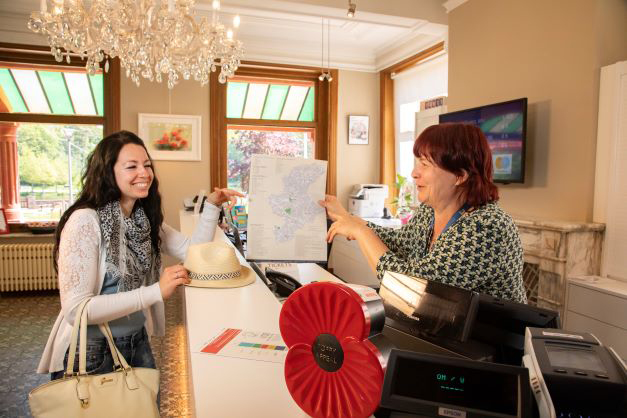Flandern I-position and Flandern II-position
You may have noticed: the view of Ypres from this spot is breathtaking. This did not escape the Germans either. In early 1917, they started building bunkers here, in front of which rows of barbed wire were placed. The Flandern I position, essentially a bunker line, thus took shape. When battle broke out in mid-1917, this position was still under construction. It runs more or less in a north-south direction. Several ‘Mittelriegels’ and the Flandern II position connect to it.
To the north (on your right) it runs past Westrozebeke and Houthulst as far as Zarren. South it heads towards Broodseinde, past Beselare, Kruiseke and Wervik to across the French border. In fact, only the parts near Passendale, Zonnebeke and Beselare are more or less finished. This is because the Germans knew that the ridge would be of great importance in an attack. They therefore wanted to finish it first. The remaining parts in mid-1917 consisted largely of fake trenches and constructions to deceive the enemy.
Bunkers Tyne Cot Cemetery
The bunkers at Tyne Cot Cemetery are part of the Flandern I position. The higher position provides a perfect defence. During the shelling of 4 October 1917, German troops took cover there. From the holes in the bunker, which are purely for observation, they have a good view of the battlefield. After the bombardment, machine guns are quickly placed on or next to the bunker, after which a rain of bullets inflicts great losses on the approaching troops.








